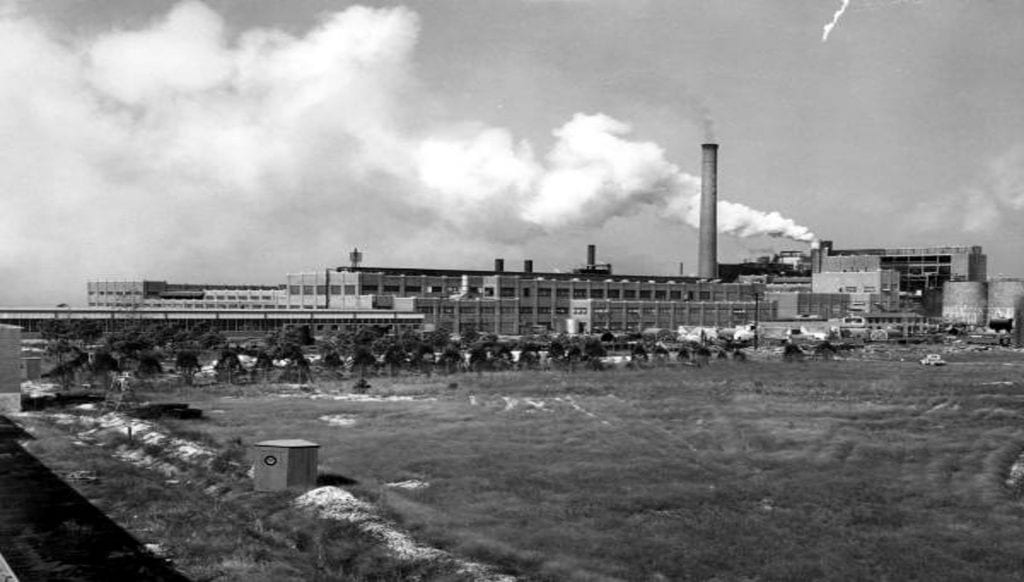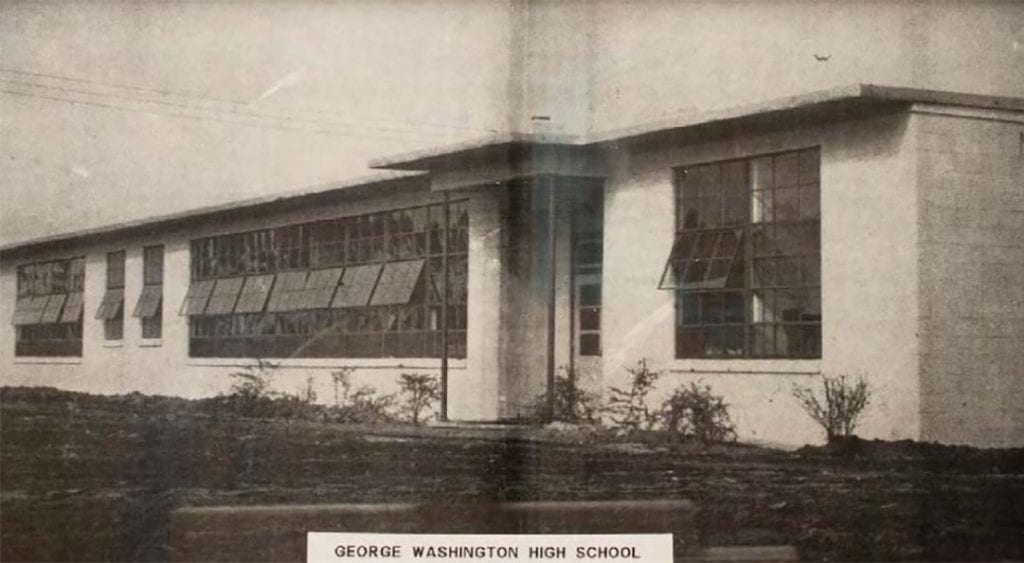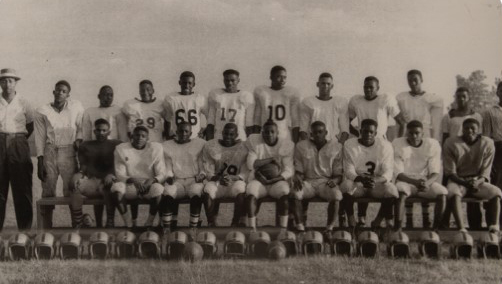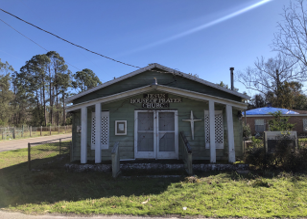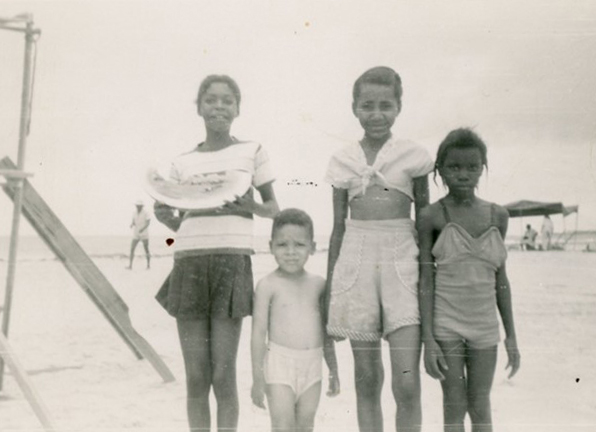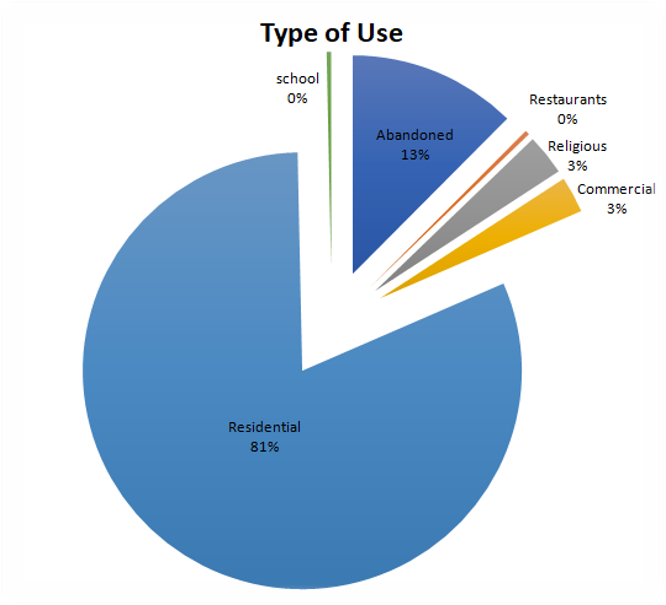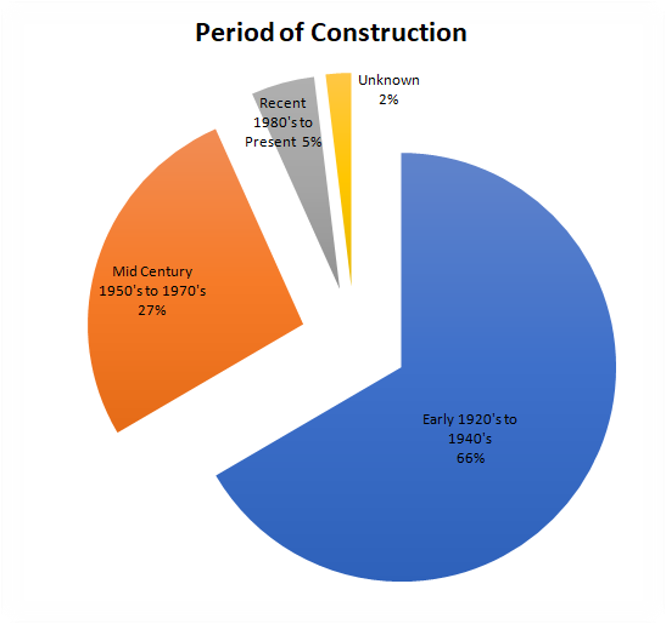Cultural Resource Survey of
North Port St. Joe
The North Port St. Joe (NPSJ) Cultural Resource Survey is part of a larger group of research projects that focus on the City of Port St. Joe and surrounding area, located within Gulf County, Florida. The larger project is organized and administered by the Florida Resilient Cities (FRC) Program, through the University of Florida Institute for Built Environment Resilience (FIBER),and supported by a grant from the Jessie Ball du Pont Fund. Collectively, these projects examine the intersection of community resiliency and social equity as part of a long-term recovery strategy from environmental threats and socio-economic challenges. The NPSJ Cultural Resource Survey project examines the cultural identity of the African-American community that settled in this location and that has been under represented in prior studies of the City’s heritage resources. Working with key local organizations and individuals, this study of cultural, historical,
and architectural resources aids in the understanding of the broader context within which the community evolved, the socio-cultural and environmental forces that shaped the community, and the current conditions “on the ground.” This survey project documents and assesses the range of built resources, including extant buildings dating from the 1920s to the present day, and includes a variety of building use types; residential, commercial, educational, recreational and spiritual structures and sites. Expanding on the awareness of the role played by racial segregation and the impact of integration during the 1960s on the community, this project examines the importance of the Civil Rights movement through research at a pivotal site, the former George Washington High School. This research supports a recommendation to prepare a National Register nomination for the property.
TEAM
Morris Hylton III, Program Director, Historic Preservation, mhylton@ufl.edu
Linda Stevenson, Adjunct Professor, Historic Preservation, archtext@ufl.edu
Clarissa Carr, Program Research Coordinator, Historic Preservation, clcarrdi@ufl.edu
Sujin Kim, Envision Heritage Post-doctoral Fellow, Historic Preservation, shyhiphop@ufl.edu
Collaborating Students: Megan Ayotte, Harshitha Beere, Alayna Jackson, Ryan Lester, Tyler Smith, Sam Stokes, and Shristi Tamraker
Community Partners: North Port St Joe Project Area Coalition (NPSJ-PAC), and Dannie Bolden, Vice President, NPSJ-PAC.
